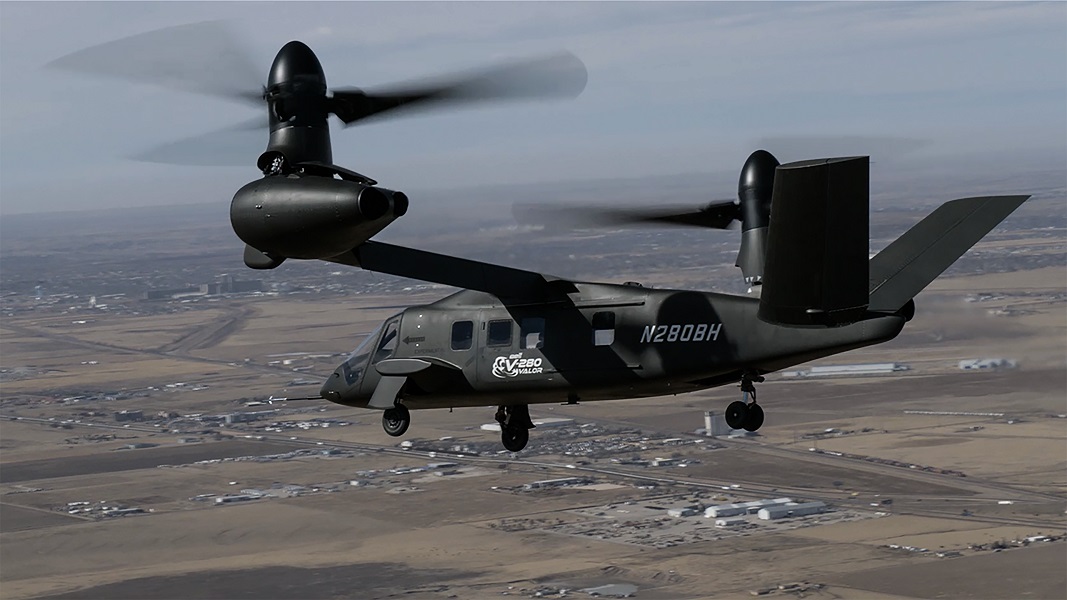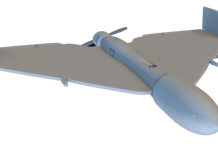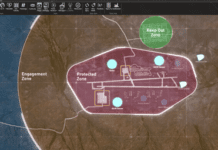This post is also available in:
 עברית (Hebrew)
עברית (Hebrew)
A sensor designed to improve situational awareness for pilots and let them share data has been flight tested by Lockheed Martin. The company’s pilotage distributed aperture sensor (PDAS) was tested on a Bell V-280 Valor tiltrotor aircraft.
This multi-function sensor system for vertical lift aircraft generates and fuses high-resolution, 360-degree real-time imagery, ultimately working with the company’s multi-modal sensor fusion (MMSF) system.
In a series of flights over Fort Worth, Texas in March, Lockheed tested a version of PDAS that allowed the system to generate imagery for up to two users, but the goal is to increase that number to six, according to rotorandwing.com.
“Conducting PDAS flight tests on the V-280 is an exciting first step toward delivering a level of situational awareness unavailable on today’s Army rotorcraft,” said Rita Flaherty, vice president of strategy & business development for Missiles and Fire Control. “With its embedded, multi-functional sensors, PDAS is the ideal foundation for an integrated survivability suite that will enable Army aircrews to own any environment and universally detect and defeat incoming threats.”
The proof of concept for that capability is already complete and the upgraded software to allow six users should be ready by 2020 test flights.
The system can share environmental imagery not only with other pilots but also with ground troops, support aircrews and provide additional data to mission commanders to inform decisions.
The system features six MMSF-compatible infrared sensors distributed around the aircraft and linked to aircrew helmets and cockpit displays via open-architecture processors. The fusion system will integrate that infrared information with radar, lidar and visual sensor information as well as digital terrain elevation data.


























